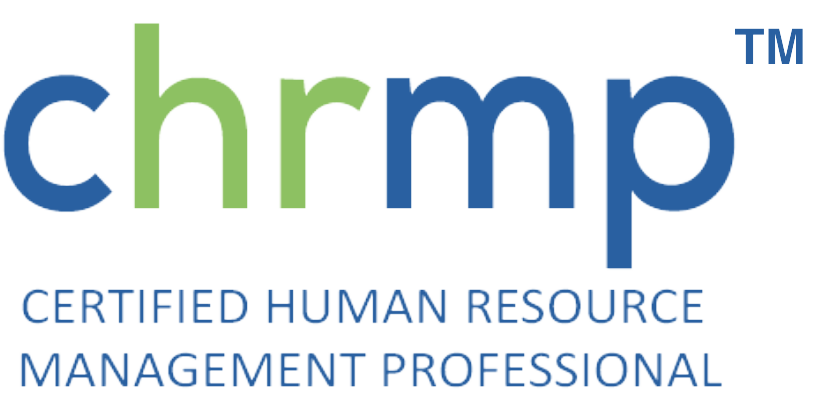📝 Evolution of Legal Protection Against Sexual Harassment in Indian Workplaces
In recent years, there has been an increasing recognition of sexual harassment as a pervasive form of gender-based violence and discrimination within Indian workplaces. Hindered by the absence of robust legal mechanisms, victims often refrained from reporting incidents due to concerns regarding retaliation and societal stigma.
Gender-based violence and discrimination in the workplace encompass various forms, including:
- Verbal harassment
- Physical harassment
- Sexual harassment
- Unequal treatment in terms of pay
- Unequal treatment in promotions
- Unequal opportunities
Despite constitutional guarantees of equality, dedicated legal mechanisms addressing sexual harassment were absent until the implementation of the Prevention of Sexual Harassment at Workplace Act. The enactment of the Sexual Harassment of Women at Workplace (Prevention, Prohibition, and Redressal) Act in 2013 marked a significant turning point. This legislation established a formalized process for addressing complaints and ensuring accountability within workplaces, thereby empowering victims to report such incidents.
The evolution of legal protection against sexual harassment in Indian workplaces reflects a broader concerted effort to combat gender-based violence and discrimination. While progress has been made, challenges still remain. Further efforts are necessary to ensure that all individuals have access to safe and respectful work environments, free from harassment and discrimination.

Responses